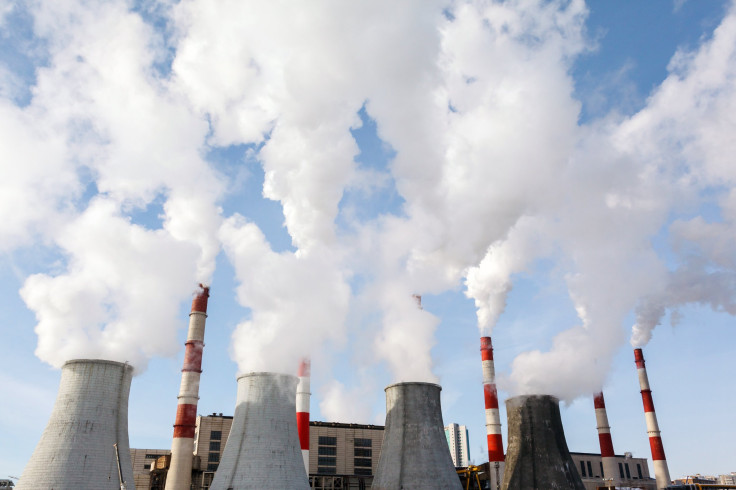Harmful Air Pollution In The US Is Declining, Though The Number Of Cars Isn't

The Environmental Protection Agency (EPA) released a report recently that shows progress in lowering toxic urban air across America.
Since the Clean Air Act Amendments were passed in 1990, the EPA reported that “substantial progress” has been made throughout the country to reduce air toxics, such as a 66 percent reduction in benzene, which is a natural byproduct of crude oil, gasoline, and cigarette smoke — it's also found in volcanoes and forest fires. The report states that there has been an 84 percent decrease in lead present in outdoor air. Lead exposure in particular is dangerous to human health, and has been linked to impaired brain development in children. The report also cited the removal of some 1.5 million tons per year of arsenic, benzene, lead, and nickel from stationary and mobile sources.
These examples of air toxins have been associated with cancer as well as damage to overall health, such as the immune, respiratory, neurological, reproductive, and developmental systems, the EPA noted. Despite an increase in population and cars, the air quality has improved in recent years: “In spite of the twentieth century’s steep population rise, massive industrialization, and the nationwide proliferation of the modern automobile, the air we breathe is cleaner than it has been in decades,” Drew Thornley, a policy analyst, wrote on the Manhattan Institute’s website.
The EPA report “gives everyone fighting for clean air a lot to be proud of because for more than 40 years we have been protecting Americans — preventing illness and improving our quality of life by cutting air pollution — all while the economy as more than tripled,” EPA Administrator Gina McCarthy said in the press release. “But we know our work is not done yet. At the core of EPA’s mission is the pursuit of environmental justice — striving for clean air, water, and healthy land for every American; and we are committed to reducing remaining pollution, especially in low-income neighborhoods.”
Recently, NASA released images that also showed positive changes in U.S. air quality. Using the Ozone Monitoring Instrument (OMI), scientists were able to detect significant improvements in the air between 2005 and 2011 — with nitrogen dioxide decreasing the most. Nitrogen dioxide, NASA states, is one of six common pollutants the EPA regulates in order to protect human health — it can harm the respiratory system and can also assist in forming other air pollutants like ground-level ozone and particulates.
“Air pollution has decreased even though population and the number of cars on the roads have increased,” the NASA report said. “The shift is the result of regulations, technology improvements, and economic changes, scientists say.”
This improvement in air quality has been linked to the Clean Air Act, which was created after decades of heavy air pollution that caused people to perish from the toxins. This includes the 1952 “Killer Fog” in London, which killed 3,000 people, and enveloped the city in smog so thick that buses couldn’t run without a guide leading the way while holding a lantern. The Clean Air Act dictates that the EPA regulates the amount of air pollution present anywhere in the U.S. Unlike the worsening air pollution in China, the U.S. has been cleaning up its act in order to prevent air toxin-related health issues, like asthma, cancer, respiratory problems, or cardiovascular disease; meanwhile, the EPA continues to work against air pollutants in cities across the country to keep the positive trend in motion.



























